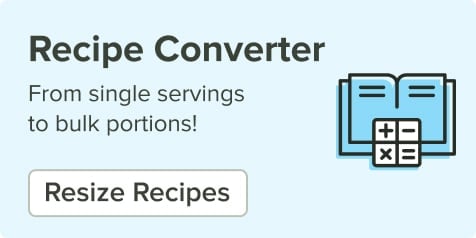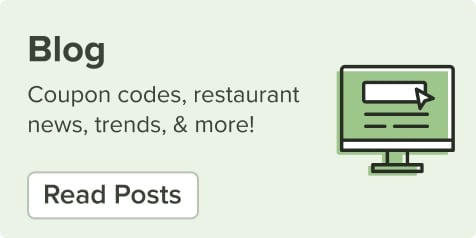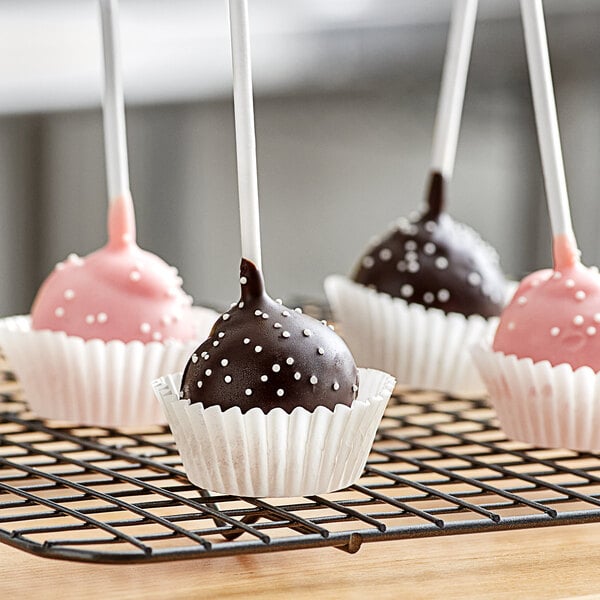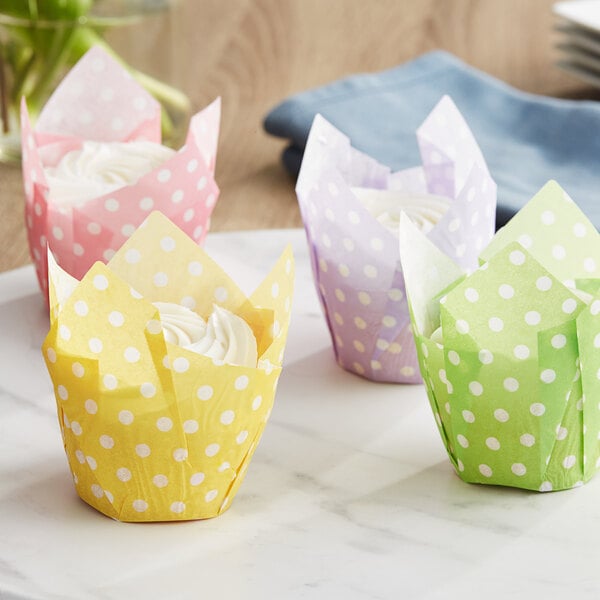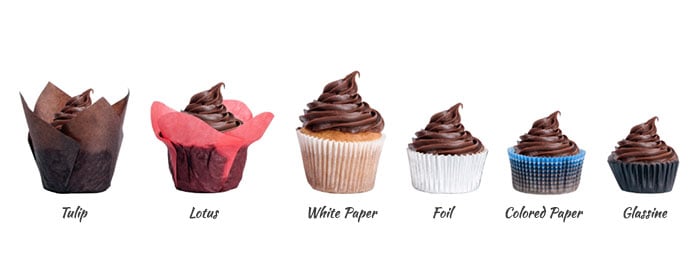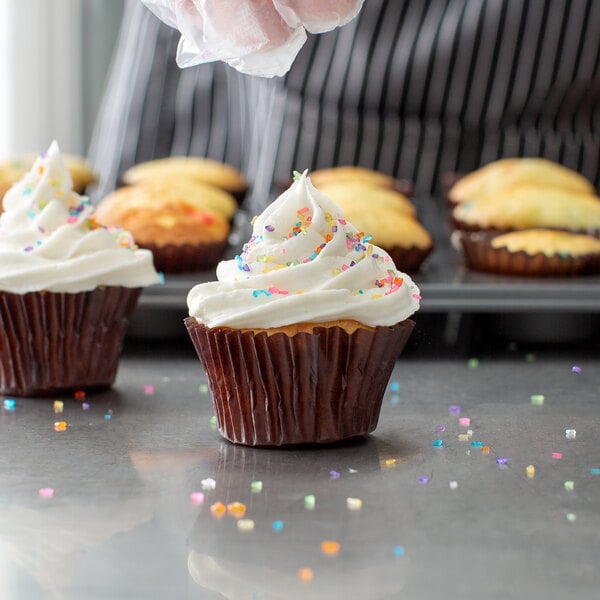Baking Cup Size Guide
Whether you're baking a large, tasty muffin to pair with coffee or a delectable bite-sized truffle for your candy store, you must know the dimensions of the pan you'll be using to choose the right baking cup size. Muffin pan sizes are usually classified as mini, standard, or large. Individual manufacturers might have slight variations with muffin pan sizes, so it is always best to measure your muffin or cupcake pan compartment's top diameter, bottom diameter, and depth before selecting the best baking cup for your pans.
Standard Baking Cup Measurements
Most standard baking cups measure 2" x 1 1/4" and are commonly used for traditional-sized cupcakes or muffins. Mini baking cups with a 1" diameter can be used for presenting chocolate-covered cherries or caramels, and 3 1/2" diameter jumbo baking cups can be used for gorgeous gourmet cupcakes.
How to Get an Accurate Baking Cup Measurement
Although usually available in mini, standard, and jumbo sizes, baking cups' measurements can vary slightly. To determine accurate baking cup sizes, measure the overall diameter by flattening the cup, followed by measuring the bottom diameter of the cup, which can be measured with or without flattening the sides, and then finish by measuring the wall height. Before purchasing, be sure to know the precise measurements of the pans you will be using.
How to Find Baking Cup Measurements on WebstaurantStore
To help simplify the search and selection process, we have consistently labeled the baking cup item titles and measurements on our site so that they are easy to read and understand. The first dimension in the item's title is the baking cup's bottom diameter measurement, and the second dimension is the overall height.

